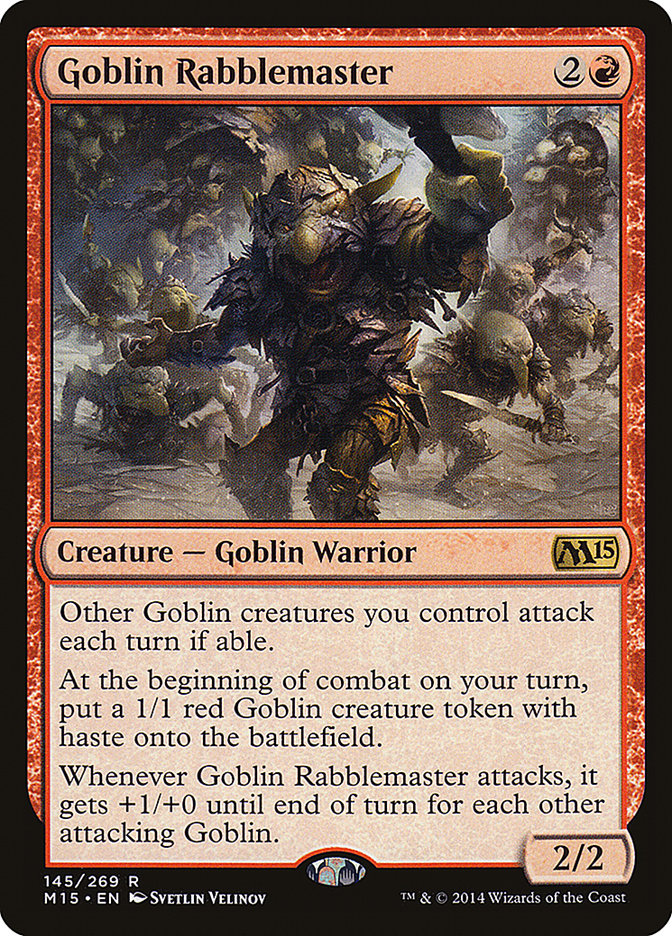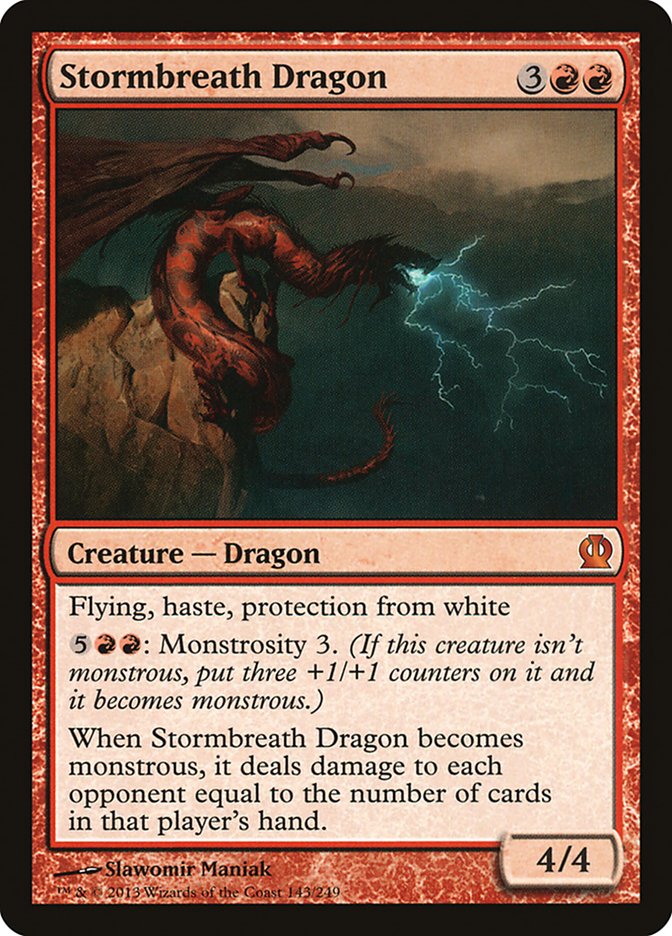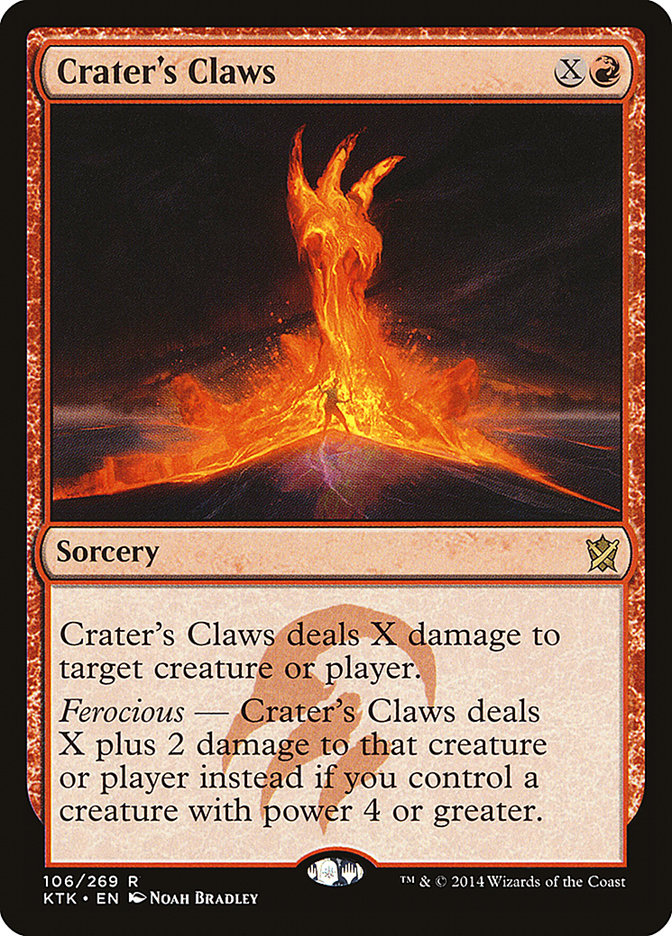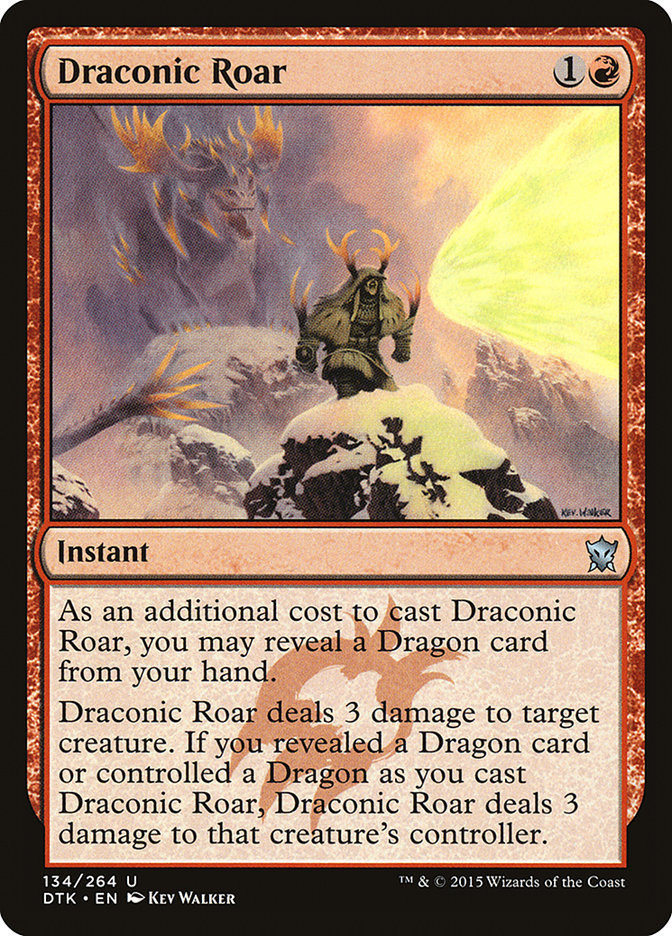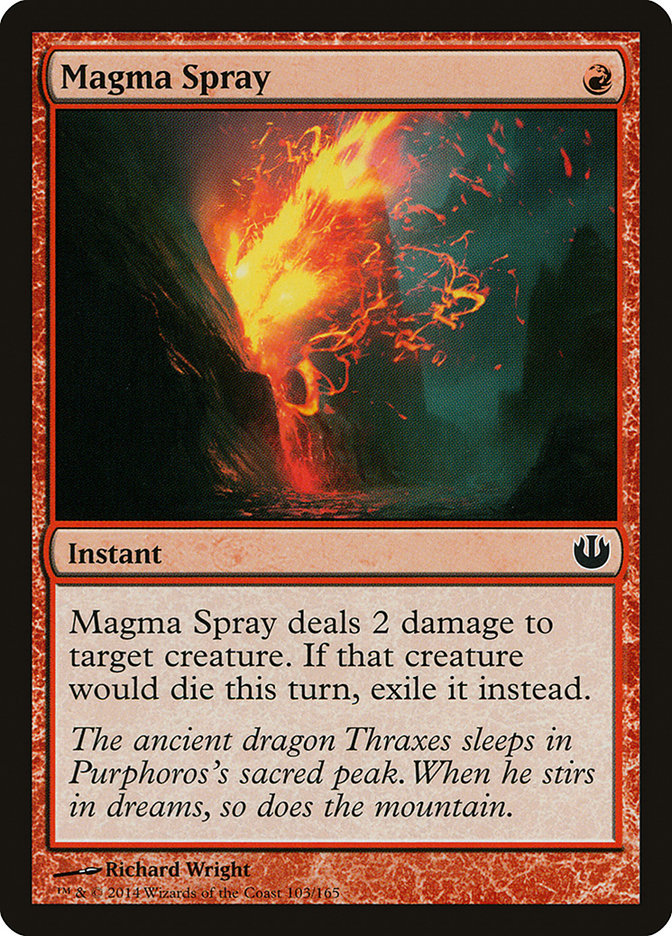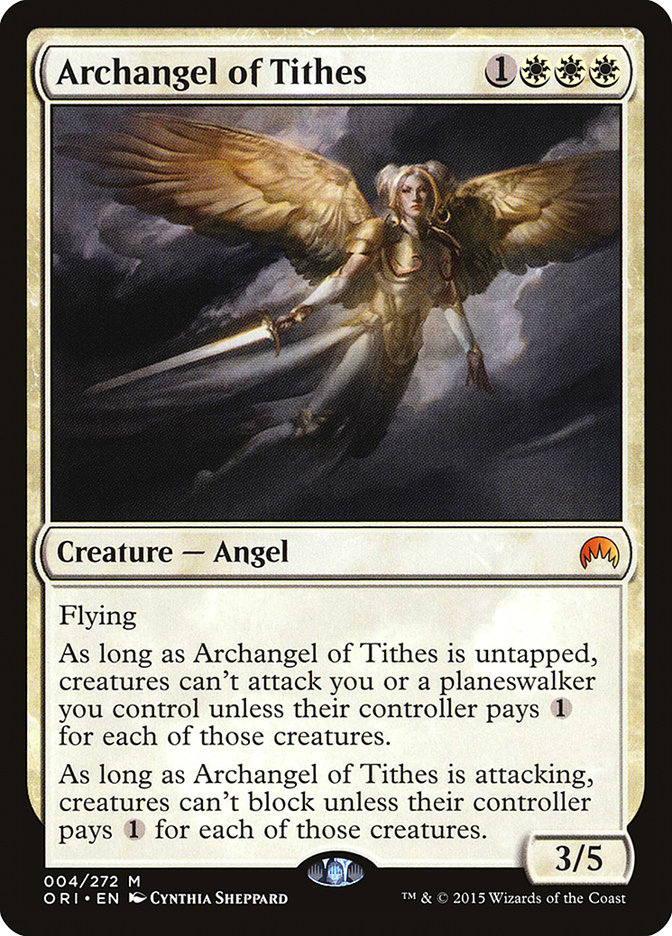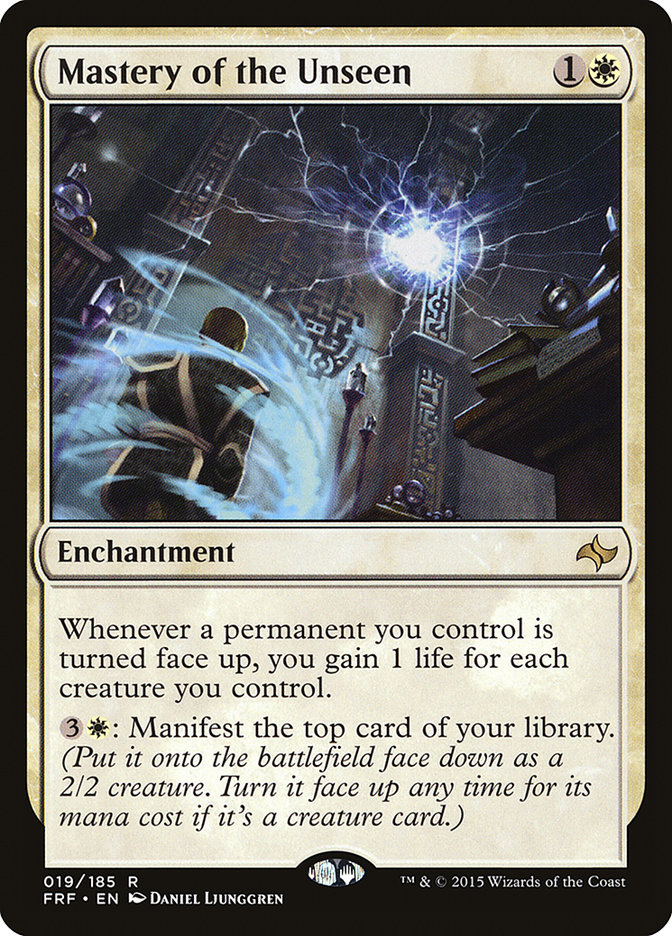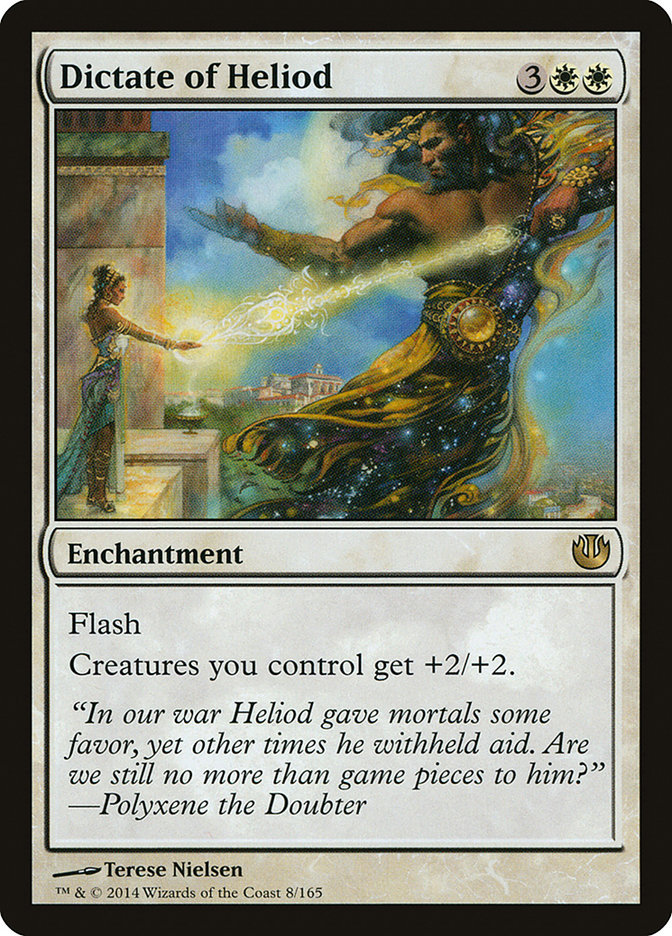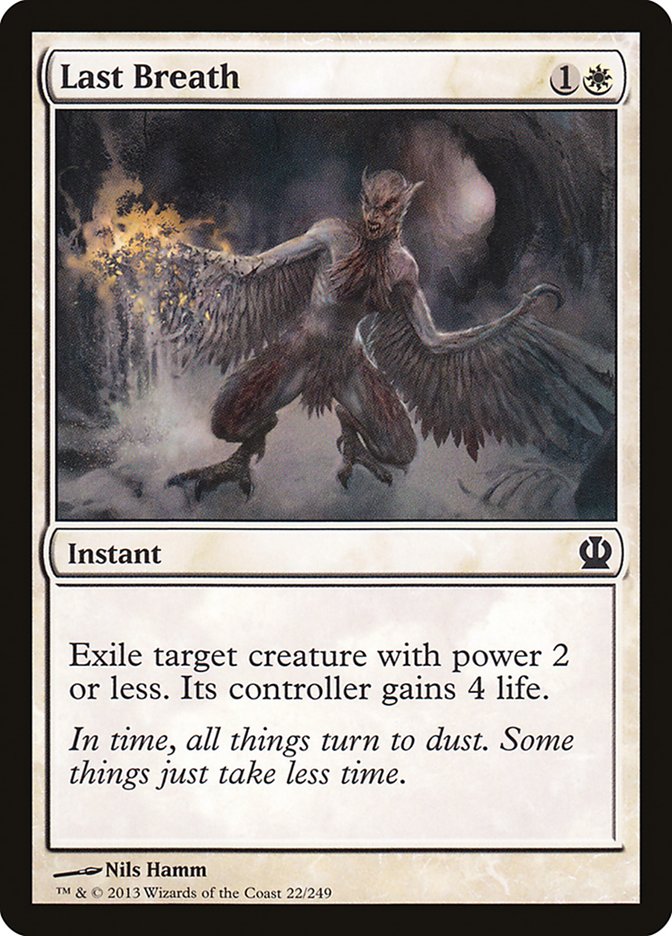As I discussed last week, one of the unique characteristics of the World Championship is the sheer number of formats in which the players compete. While the typical Pro Tour tests a player’s abilities in both Limited and Constructed, the World Championship sees those facing off in a full four separate formats – two each of Constructed and Limited.
While the event is certainly epic in scope, and fans of Modern, Standard, or Limited can find a reason to tune in, there are downsides to the multi-format mayhem. Requiring players to test for so many different formats spreads them very thin, especially considering that they’re unlikely to have a robust testing team given that only twenty-four people in the world are qualified. It’s hard for anyone to put in enough time to come up with any truly innovative decks for the Constructed formats.
The World Championship does not line up with a new set release like a normal Pro Tour, which means that there isn’t the same opportunity for new cards and decks to shine. And even if a player were to devise some revolutionary new deck that crushed the entire field, that deck could at best contribute four wins in a fourteen-round tournament, at least until the Top Four.
What all of this adds up to is the World Championship generally having an extremely stale Constructed metagame. Perhaps the best example of this was the Standard portion of Worlds back in 2013, when literally all but three competitors in the entire tournament played either Jund or Jeskai Control, with Willy Edel playing Naya, Craig Wescoe playing Boros, and me playing Gruul as the only holdouts.
It should be no surprise, then, that this year’s World Championship metagame followed the same pattern. The vast majority of players were split between a handful of decks. Fully a third of the field played Abzan, split 5-3 between the control and aggro versions, followed by seven playing Jeskai and five playing Esper Dragons. That left two players – Martin Dang and Magnus Lantto – playing Atarka Red, which is really no surprise given that it was the deck that earned Dang his Pro Tour title and World Championship invite.
But what I really want to talk about are the two decks played by lone soldiers in the field – Kentaro Yamamoto with G/R Dragons and Sam Black with Mono-White Devotion.
Let’s start with Kentaro’s deck:
Creatures (26)
- 4 Elvish Mystic
- 4 Stormbreath Dragon
- 4 Goblin Rabblemaster
- 4 Rattleclaw Mystic
- 4 Thunderbreak Regent
- 3 Den Protector
- 3 Deathmist Raptor
Lands (24)
Spells (10)
Sideboard

I was thinking recently about Standard’s shift toward various flavors of Abzan and how to combat it, and one place my mind kept going back to was the G/R Aggro decks I played quite a bit of leading up to the release of Dragons of Tarkir. While Abzan decks are powerful, in many cases they pay for that power with a high number of lands that enter the battlefield tapped and slow down their development. Way back when – back at Grand Prix Denver toward the beginning of the year – I played a very similar deck, and found that I was able to punish the slower development of Abzan decks simply by getting on the board faster thanks to Elvish and Rattleclaw Mystic. Goblin Rabblemaster softens them up, and Stormbreath Dragon takes them down.
One of my favorite elements of Yamamoto’s deck is the total lack of any enchantments in the maindeck. I’m a big Boon Satyr fan, and Courser of Kruphix is certainly a powerful card, but the rise of Abzan Aggro decks playing the full four copies of Dromoka’s Command has dropped the stock of enchantment creatures dramatically. Instead, Yamamoto plays the Deathmist Raptor + Den Protector package alongside a removal suite that is much heavier than we usually see in similar decks.
Here, Yamamoto focuses largely on efficiency. While many similar decks in the past have tended to max out on Crater’s Claws for a big end-game burn spell, Yamamoto plays only two copies, and in fact those are the only burn spells in his deck that can directly hit the opponent’s face. Instead he uses four copies of Draconic Roar, which are just too high-value to pass up. Even against Abzan, where Draconic Roar was once quite weak, there are now Nissas and Den Protectors to roar at all draconic-like these days, which makes me really like the idea of playing the card. On top of that, he pairs them with two copies each of Magma Spray and Roast. Magma Spray over something like Wild Slash is a clear nod to the prevalence of Hangarback Walker while Roast is aimed squarely at getting Siege Rhinos out of the way of his ground creatures.
This preponderance of removal likely made Yamamoto’s deck a bit weaker against Esper Dragons, which unfortunately made up a significant percentage of the field at Worlds. In my experience, your chance of beating a deck like Esper with a deck like G/R Dragons are inversely proportional to the number of removal spells you draw, and Yamamoto can easily get saddled with quite a few. Thankfully, he has a strong anti-control sideboard with both Outpost Siege and Xenagos the Reveler, but game one is certainly an uphill battle.
I actually really like the look of Yamamoto’s deck, and not just because it plays mana creatures and Dragons. His specific card choices seem really well thought out to me, and the deck looks like it lines up really well against the field. Yamamoto himself only went 2-2, but I think this is certainly a strategy that has promise moving forward.
And now on to the deck that I spent days trying to build for the Pro Tour, but never quite got to work…
Creatures (25)
- 4 Knight of the White Orchid
- 4 Soldier of the Pantheon
- 3 Brimaz, King of Oreskos
- 4 Wingmate Roc
- 1 Anafenza, Kin-Tree Spirit
- 2 Kytheon, Hero of Akros
- 4 Archangel of Tithes
- 3 Hangarback Walker
Lands (25)
Spells (10)

From my understanding, this deck came to Sam Black by way of Craig Wescoe, who in turn got the deck from a fellow by the name of Justin Heilig. Regardless of its origins, I’m a big fan of this deck since it manages to successfully do something that I tried and failed to pull off during my time testing for Pro Tour Magic Origins: actually win with Archangel of Tithes.
Archangel of Tithes is one of the most powerful cards in Magic Origins, but its prohibitive casting cost makes it difficult for most decks to leverage effectively. But in a world full of Hangarback Walkers and people trying to beat Hangarback Walkers, whether by swarming around them with token-makers or flying over them with Mantis Riders, that hefty white price tag may very well be worth it. I talked a couple of weeks ago about how the rise of Hangarback led me to seriously reconsider the positioning of Archangel of Tithes, and it seems I wasn’t alone in that.
One of the things that I discovered in my own testing with Archangel was that the card was at its best when you were able to take advantage of both halves of its ability. While the tax on opposing attackers is great at keeping you alive, it’s even better when it puts your opponent into the squeeze of not being able to effectively attack or block while you’re able to keep punching though damage. My most successful Archangel decks in testing had a similar mix of Soldier of the Pantheon and Kytheon, though at the time I found myself hating them both since they kept being brick-walled by Courser of Kruphix and Sylvan Caryatid. Thankfully for Sam, Sylvan Caryatid was nowhere to be seen in the entire tournament while Courser of Kruphix was only in about half of the Abzan decks overall.
One of the things that really sets this deck apart from most of the Archangel decks that I worked on is its focus on Mastery of the Unseen. My lists generally played at most two copies of Mastery, focusing instead on late-game cards like Elspeth, Sun’s Champion. In retrospect, this was a pretty huge oversight on my part since so many of the games that I was losing were due to just running out of action in the later stages of the game, a problem that Mastery solves exceptionally well.
Mastery also allows this list to take serious advantage of the Devotion generated by Archangel of Tithes for Nykthos, Shrine to Nyx. While casting Elspeth a turn early with Nykthos is nice, pumping out multiple Manifest creatures every turn is a whole lot better. While we’re not talking G/W Devotion numbers for either creatures generated or life gained, Mastery’s ability to take over the game single-handedly with enough mana is very powerful. And the ability to generate lots of mana early in the game can also lead to some really big Hangarback Walkers too.
While Archangel of Tithes and friends are really strong against aggressive decks, they don’t match up nearly so well against control, especially of the Abzan variety, as we saw in Sam’s semifinal match against Seth Manfield. As we discussed earlier, Soldier of the Pantheon and Kytheon don’t match up terribly well against Courser of Kruphix or Nissa, and it turns out Wingmate Roc and Languish really don’t get along either. That’s obviously something of a problem for the deck’s long-term viability, especially in the wake of two Abzan Control decks meeting in the finals of the World Championship.
I’m not sure exactly what the best way to approach the matchup is, but one card that I’m inclined to try out is Dictate of Heliod. It’s not a slam-dunk bomb in the matchup by any means since it’s vulnerable to both Dromoka’s Command and Tragic Arrogance. But it feels like it has the potential to allow more of your early-game creatures and Manifests to matter, as well as helping to win Elspeth battles. And hey – it has flash! You can always just use it as the most expensive combat trick in history. I tried Spear of Heliod in a number of my early Archangel builds, but it just wasn’t high-impact enough… I think the surprise factor of Dictate can make a big difference, especially against cards like Languish.
I also wonder if it’s worth trying out something like Last Breath. I had a chance to watch the games between Seth and Sam live at PAX, and the two cards that seemed to be the most problematic for Sam were Courser of Kruphix and Nissa, Vastwood Seer. Sam didn’t really have easy tools to remove eithe, nor enough pressure to really kill Seth quickly, so every game seemed to get to the point that Courser was feeding Seth land drops until he hit seven mana, at which point Nissa totally took over the game. While spot removal that gains your opponent life and doesn’t even hit many of their creatures isn’t generally the kind of card you’re looking to sideboard against a control deck, maybe Nissa and Courser are valuable enough that having a way to efficiently remove them before they can generate too big of an advantage is worthwhile.
What do you think? Does G/R Dragons have what it takes to compete? Can Mono-White Devotion shore up the Abzan Control matchup – and if so, how? Are we doomed to watch Siege Rhinos crash into each other until Battle for Zendikar releases next month, or are there still undiscovered decks waiting to take the metagame by storm?

